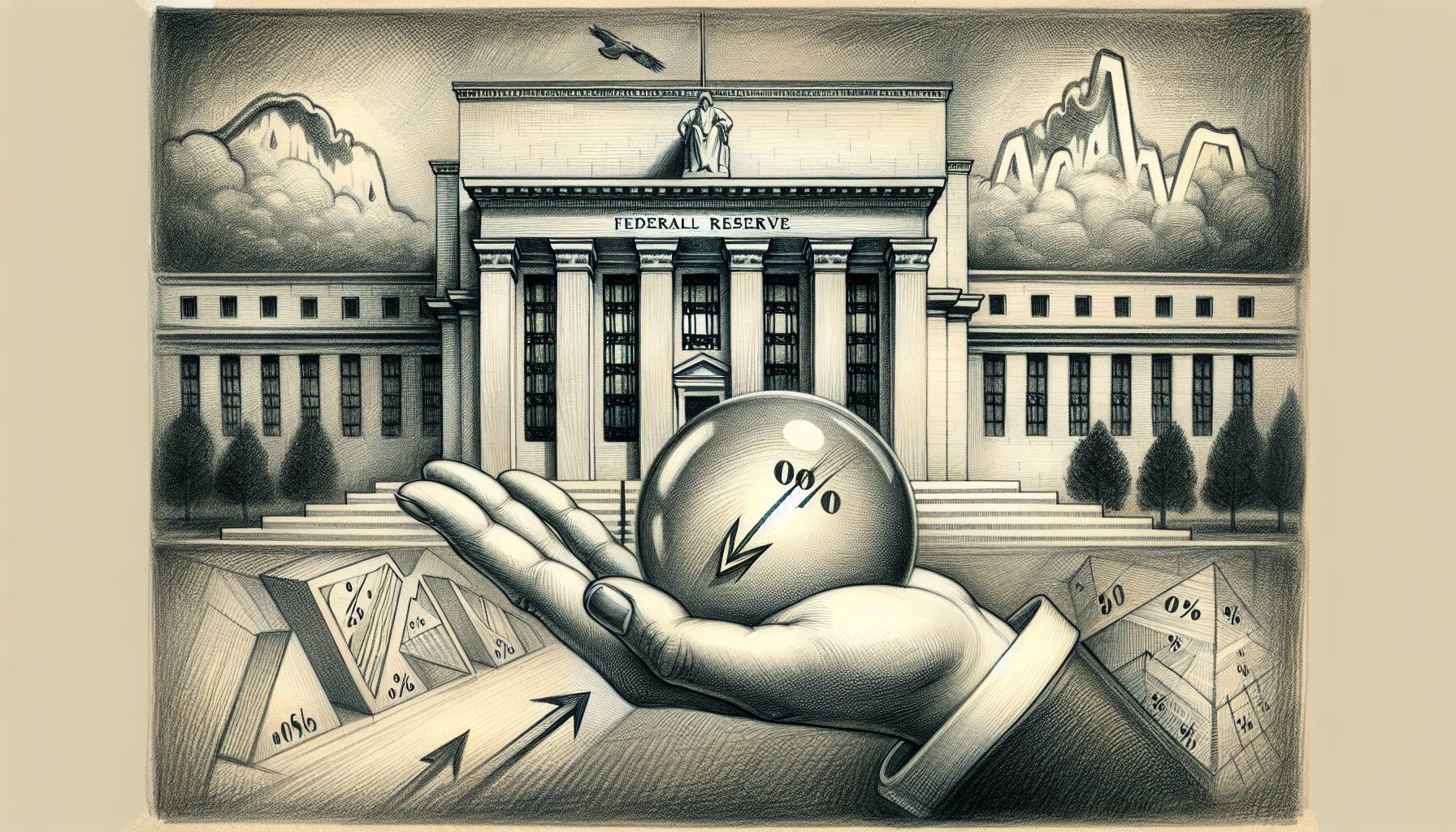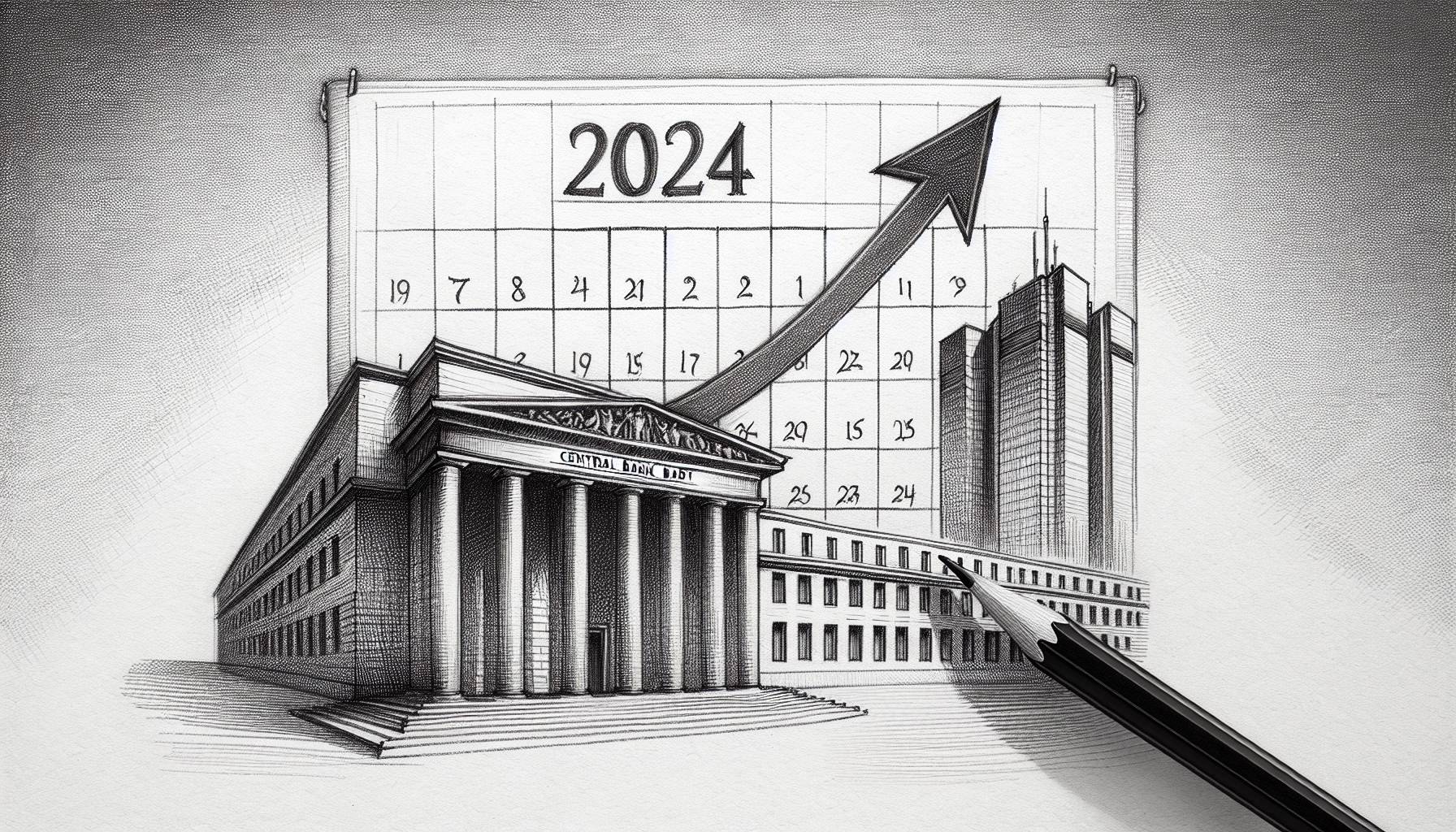The increase of electric vehicles (EVs) in Europe is a promising step towards reducing the reliance on fossil fuel-powered cars; however, accessibility to charging stations remains a challenge. The European Union saw a 58% increase in fully electric passenger cars to 3.1 million in 2022, a significant 400% rise compared to 2019. Nonetheless, a study by the Organisation for Economic Co-operation and Development (OECD) emphasizes the difficulty of charging station access for individuals residing in certain European nations. This discrepancy in charging infrastructure not only poses a problem for potential EV owners, but also hinders the progress towards greater EV adoption in the region. To address this issue, governments and industry stakeholders must work together to develop cohesive strategies for expanding and improving charging networks, focusing on underserved areas to ensure equal access and drive the transition to sustainable mobility.
Charging Station Accessibility: A Roadblock for EV Adoption
According to the OECD study, 33% of survey participants in France, the United Kingdom, Switzerland, Belgium, Sweden, and the Netherlands indicated that no EV charging stations were available within 3 km of their residences. The lowest rate was seen in the Netherlands (22%), whereas France had the highest (43%). In addition, 24% of respondents from these countries were uncertain about the presence of charging stations in their vicinity. This clearly emphasizes the need for a more comprehensive EV charging infrastructure across Europe to make electric vehicle adoption more feasible for individuals residing in these regions. The lack of easy charging accessibility could be a significant deterrent for potential EV buyers who may otherwise be interested in switching from traditional internal combustion engines.
Investing in the Expansion of Charging Infrastructure
As the use of EVs becomes more widespread, it is essential to expand the charging infrastructure to facilitate the decarbonization of the transportation sector and move towards net-zero emissions. To achieve this, both public and private investments must be directed towards the development of efficient, accessible, and affordable charging solutions for electric vehicle owners. Collaborative efforts between governments, industry stakeholders, and communities will be crucial in implementing extensive charging networks and supporting technologies that cater to the diverse needs of EV users. In 2022, the EU’s public charging infrastructure increased by 48% compared to 2021, rising from 320,000 to 475,000. This significant growth demonstrates the European Union’s commitment to accelerating the adoption of electric vehicles and reducing greenhouse gas emissions. This expansion not only benefits the environment but also offers consumers greater convenience and accessibility to charging stations, further promoting the shift towards electric mobility.
A Look at Charging Infrastructure Variance Across Europe
Charging infrastructure varies considerably throughout Europe, with the Netherlands boasting the highest number of charging points per 100,000 people (577). In contrast, countries such as Greece and Romania lag behind, with fewer than 25 charging points per 100,000 people. This uneven distribution of charging infrastructure highlights the need for a more coordinated effort to promote and expand electric vehicle adoption across the entire continent. Luxembourg, Austria, and Sweden also significantly exceed the EU average (106 charging points per 100,000 residents). These countries demonstrate a strong commitment to the adoption of electric vehicles and the development of related infrastructure. This emphasis on expanding their charging networks will likely encourage more citizens to switch to electric vehicles, ultimately contributing to the reduction of greenhouse gas emissions. On the other hand, a dozen EU nations have less than 40 charging points per 100,000 people. This discrepancy highlights the disparity in electric vehicle infrastructure development among European countries. A more collaborative approach is needed to ensure equitable distribution of charging points, thus promoting widespread adoption of electric vehicles and supporting eco-friendly initiatives across the EU.
Leading the Charge: Netherlands, Germany, and France
In 2022, the Netherlands, Germany, and France accounted for 59% of the total public charging points in the EU. This significant concentration of charging infrastructure in these three countries showcases their dedication to promoting electric vehicle adoption and reducing greenhouse gas emissions. Meanwhile, other European nations are striving to catch up, making investments in expanding their own charging networks to support the rapid growth of the electric vehicle market.
Conclusion: The Path Forward for EV Infrastructure
It is evident that while Europe has made significant strides in increasing the adoption of electric vehicles, much work remains to be done in addressing the challenges of charging station accessibility and infrastructure. By fostering collaborations between governments, industry stakeholders, and communities, a more equitable distribution of charging points can be achieved, promoting widespread adoption of electric vehicles and supporting sustainable mobility. Ultimately, expanding and improving charging infrastructure in Europe is crucial to driving the transition towards a greener, more environmentally-friendly future in the transportation sector.
Frequently Asked Questions
What are the main challenges of EV charging infrastructure in Europe?
The main challenges include limited charging station accessibility for residents in certain European nations, variation in charging infrastructure density across countries, and a lack of cohesive strategies for expanding the charging networks in underserved areas.
Why is investing in charging infrastructure important for electric vehicle adoption?
Investing in the expansion and improvement of charging infrastructure is essential for increasing the accessibility and convenience of using EVs, promoting widespread adoption, facilitating the decarbonization of the transportation sector, and moving towards net-zero emissions.
What is the current state of public charging infrastructure in Europe?
In 2022, the EU’s public charging infrastructure increased by 48% compared to 2021, going from 320,000 to 475,000. However, charging infrastructure density varies across countries, with some nations like the Netherlands having a high density of charging points, while others like Greece and Romania have much lower numbers.
Which European countries have the highest concentration of charging infrastructure?
In 2022, the Netherlands, Germany, and France accounted for 59% of the total public charging points in the EU. The Netherlands boasts the highest number of charging points per 100,000 people at 577.
What can be done to improve EV charging infrastructure in Europe?
To improve and expand the EV charging infrastructure in Europe, collaborative efforts between governments, industry stakeholders, and communities will be crucial. A more coordinated approach is needed to ensure equitable distribution of charging points and to support the rapid growth of the electric vehicle market.
First Reported on: euronews.com
Featured Image Credit: Photo by S. von Hoerst; Pexels; Thank you!













